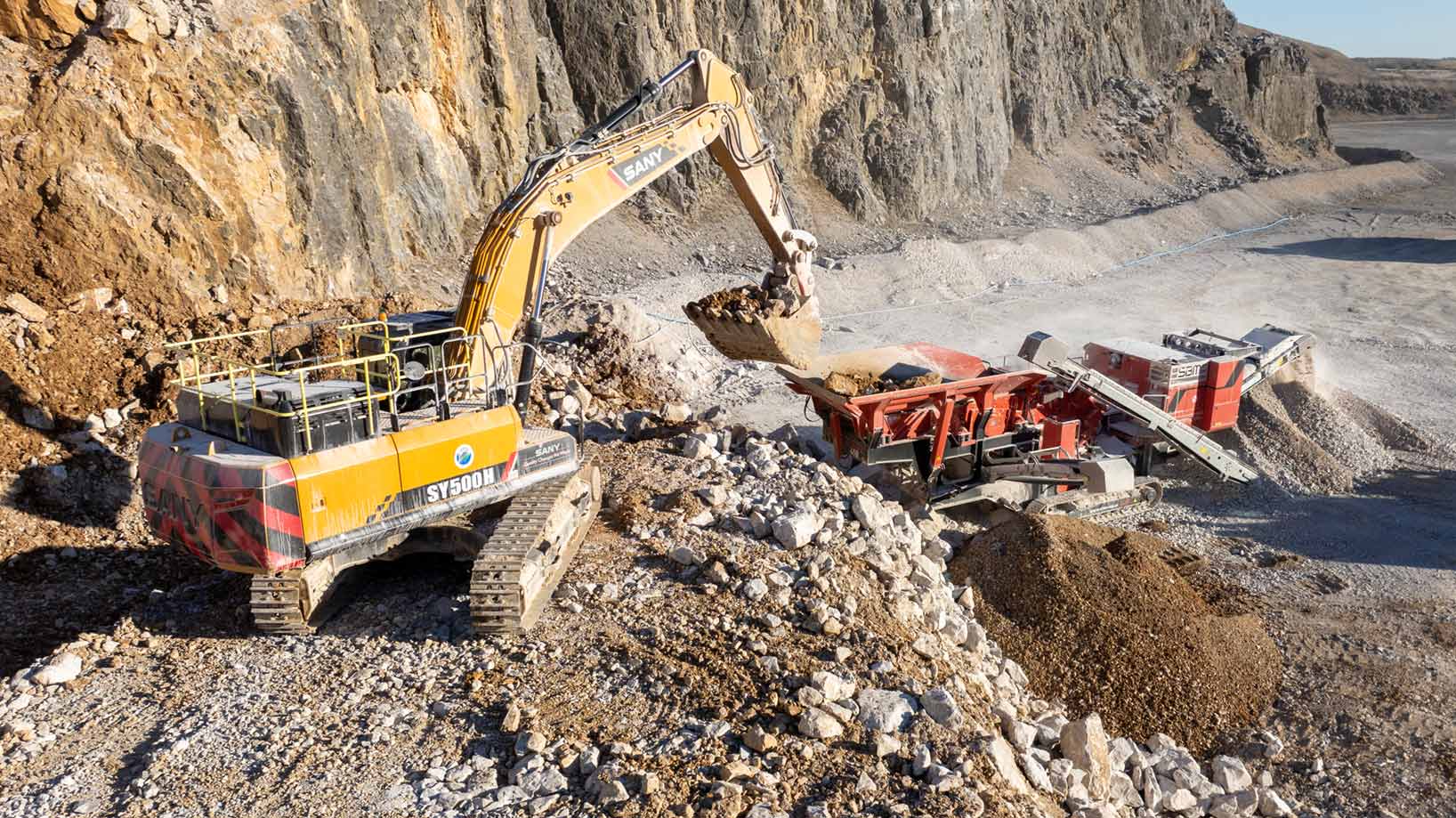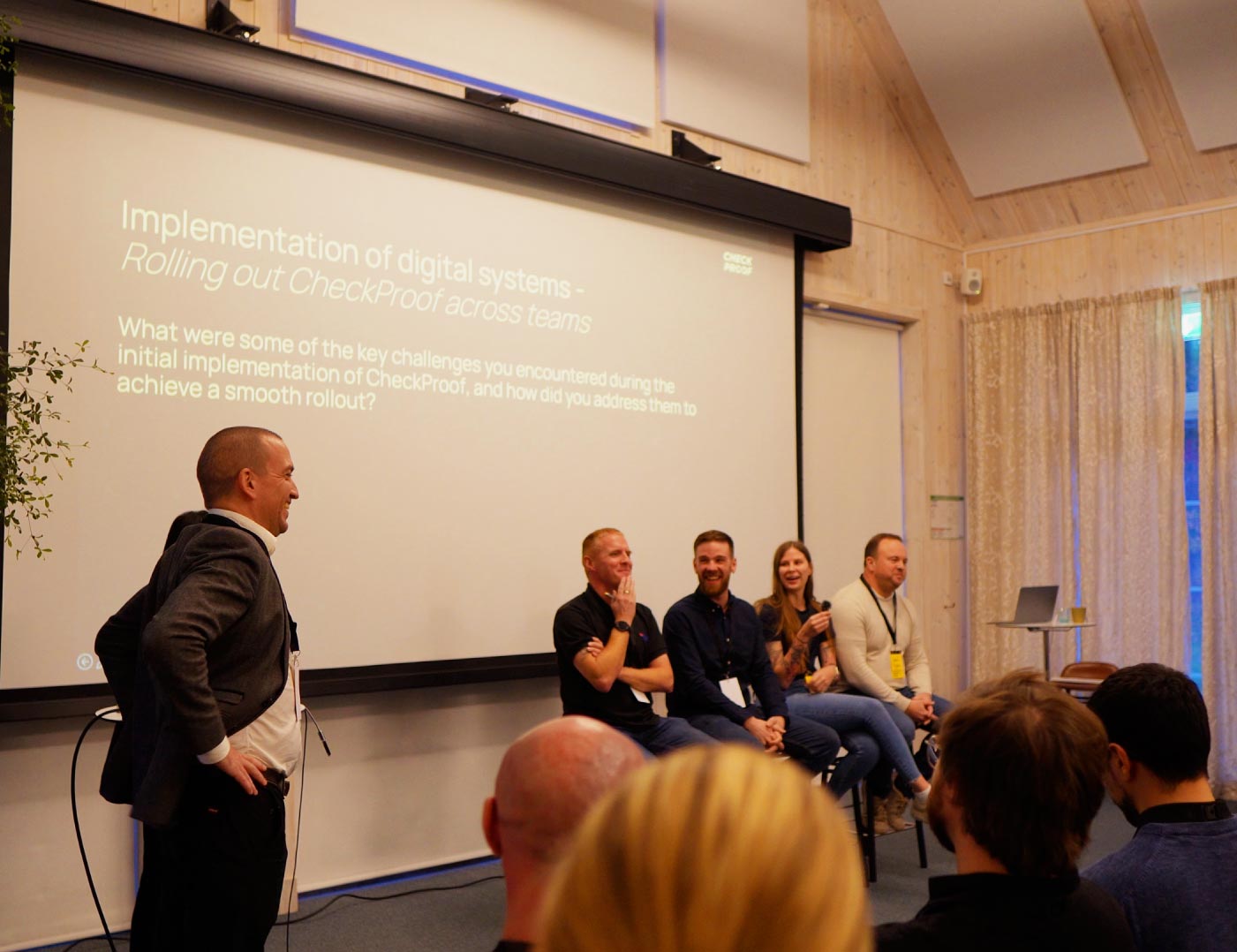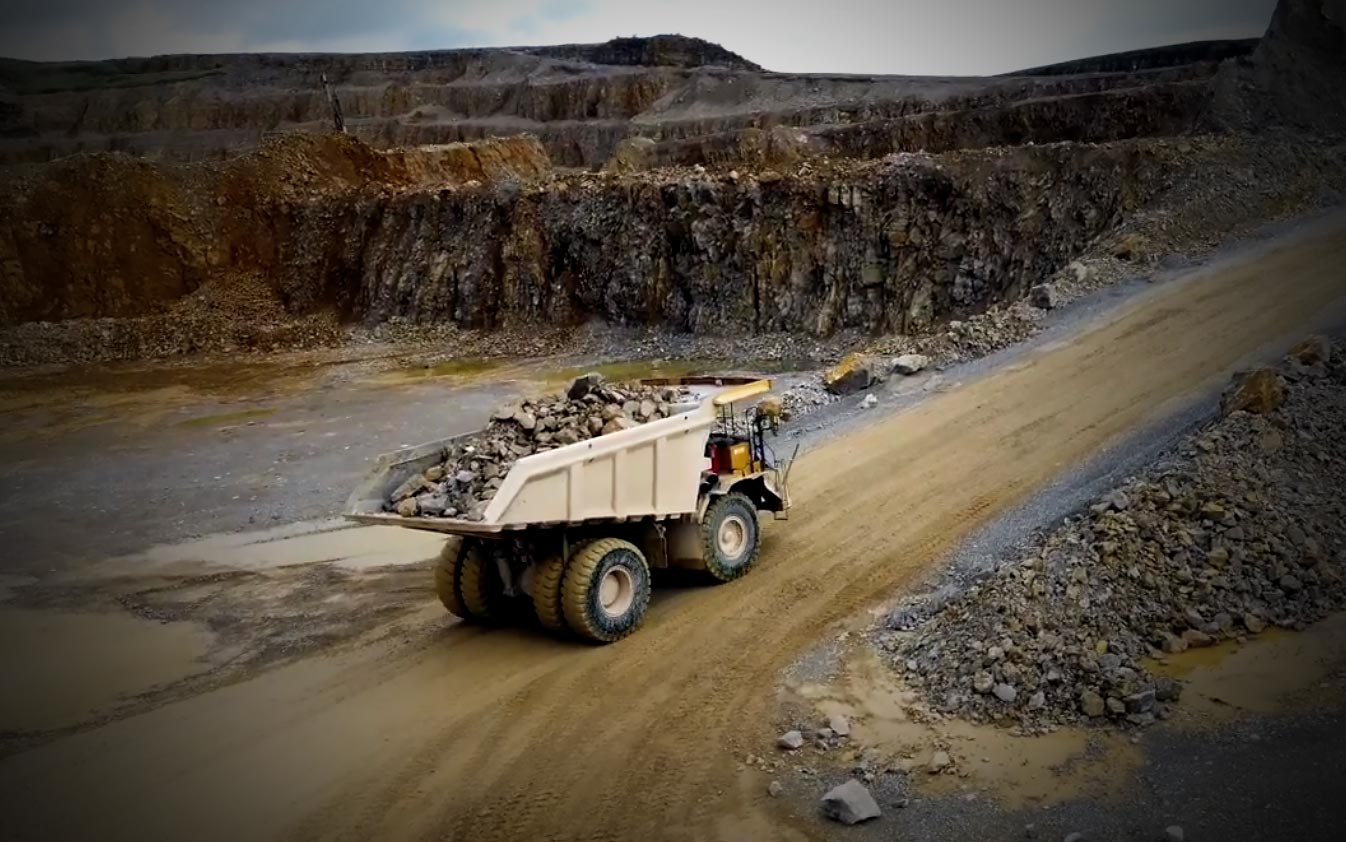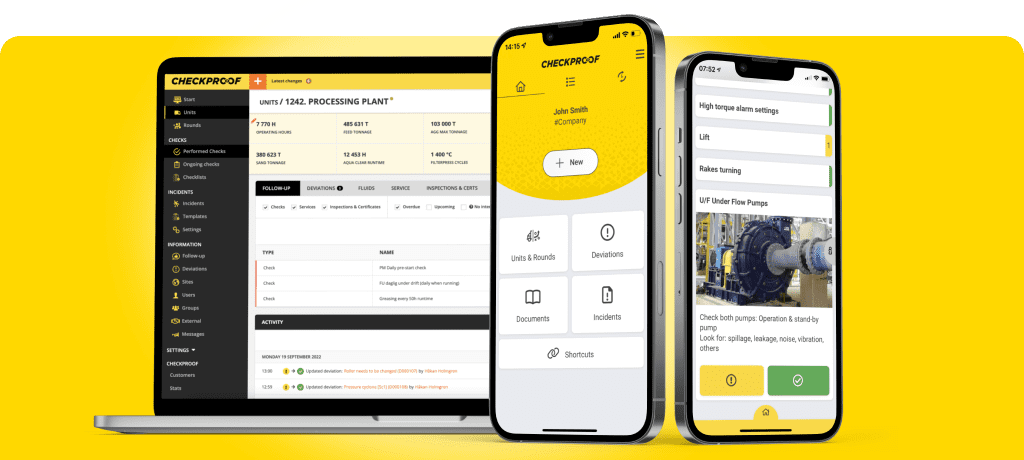What would happen if half of your frontline employees suddenly got sick overnight? Could your production continue as usual with agency substitutes, or would it come to a halt? If your day-to-day operation is depending on key employees being on-site, your business is at high risk. That’s why you need to digitize your daily routines with customised checklists that are easy to follow – regardless of previous experience.
Key employees – great but risky
Key employees are a great asset to your company. From years of experience, they’ve developed a unique understanding of the most effective maintenance routines. They also know which actions are required when and this can often prevent breakdowns and downtime before it’s too late.
However, it doesn’t come without a downside. Your operation is like an ecosystem: if a key component fails, it has a negative impact on the whole site. If your routines aren’t clear enough for other employees to repeat, your production depends on certain people always being on-site.
As a result, key employees become gatekeepers of valuable information if their routines aren’t properly documented. Therefore, you need to make sure your routines are designed around your machines – not the people using them.
How to minimise people dependence
So how do you set up routines that are machine-based, rather than key employees? Here are four things you need to do to set yourself up:
1. Take the time to establish great routines
Invest time in creating a solid foundation for your routines and quality checks. It’s far too common that complicated production sites are found to have no framework in which they can follow. Without it, you risk unnecessary downtime and reduced availability.
When you set up your new maintenance routines, make sure they are transparent and easy to follow. Ideally, any employee would be able to perform the checks without much introduction. This not only reduces your dependence on key employees but also significantly improves the onboarding of new employees.
Create clear, step-by-step instructions for the new routines. Preferably, add pictures to make the checks crystal clear.
2. Pick a digital checking system that fits your needs
Next, decide on how you are going to log and follow up on your new maintenance routines. Historically, pen and paper have been a go-to, but digital development has highly improved and streamlined the checking process.
When you select what system to use, pick one that is powerful and can be customised to your business needs. Make sure the user experience is intuitive for both frontline and office users, and the system operates in real-time.
3. Integrate operational data
Once you have your maintenance routines and checks in place, you need to integrate your operational data. By doing so, you can access the relevant information without extra administration and intermediary. This minimises data pollution while also simplifying warranty requests and making sure alerts are activated at the right checking intervals.
4. Get your employees on board
Finally, make sure you accommodate the whole workforce when you’re implementing new routines. A digital checking system is pointless unless everyone is using it, so you need to make sure it’s clear and easy to use for all your employees – regardless of previous digital experience. Be open to feedback from the frontline staff, and adjust accordingly.
By following these steps, you will limit your reliance on key employees and replace it with independent routines. The goal is not to make the key employees’ insights obsolete – rather, it’s to make sure their knowledge is shared with the right people, contributing to building a stronger business.
Want to know what CheckProof can do for you?
CheckProof's easy-to-use app makes it easier to do the right thing at the right time. Discover how you can run world-class maintenance that is both cost-effective and sustainable.












